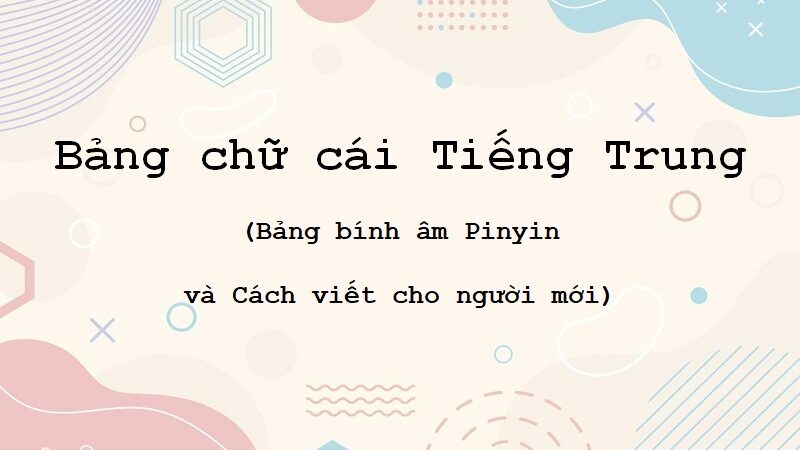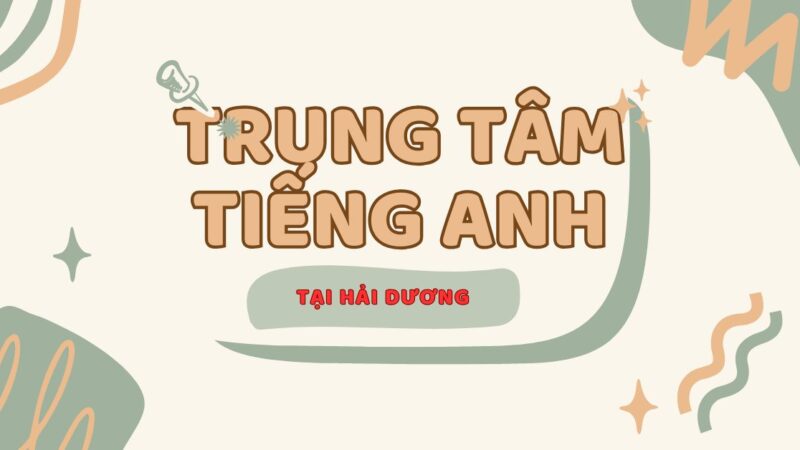Định luật jun len xơ cho biết điều gì? Hệ thức jun len xơ & bài tập vận dụng (vật lý 9)
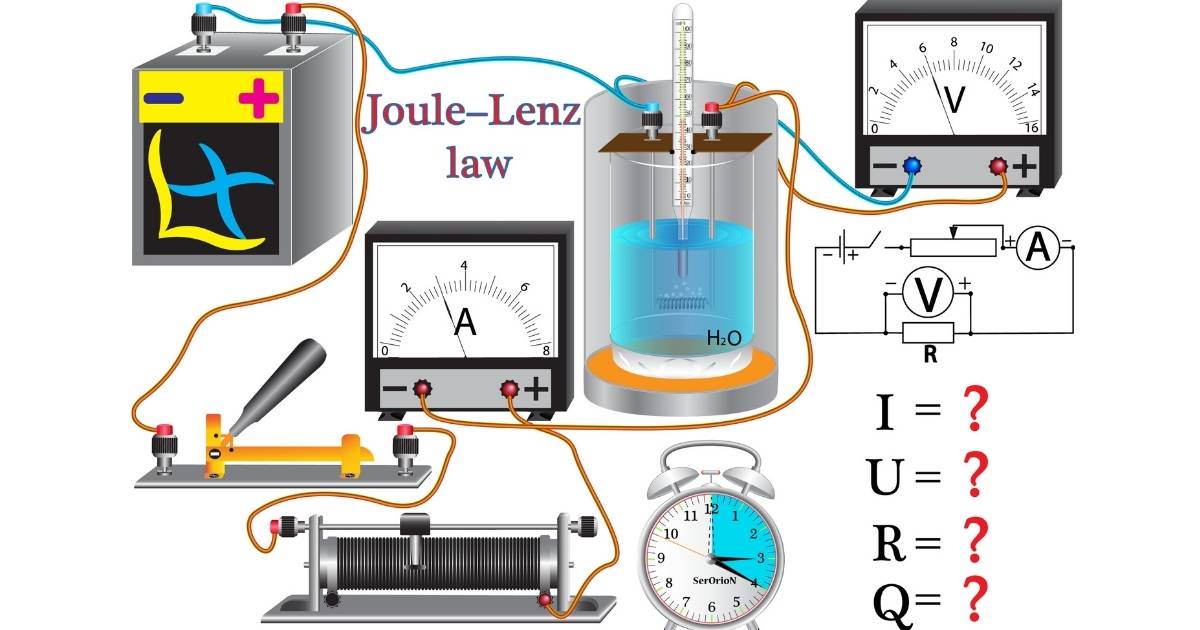
In the Physics program 9 in particular and the general physics program, Jun Len Len’s law is an extremely important part, requiring students to understand and deeply understand the whole knowledge. So what is Jun Len Len’s law? What is the best statement about Jun Len’s law? What is the application of Jun Len Len’s law? All of the above questions will be answered in detail in the following article.
- Số oxi hóa là gì? 4 quy tắc xác định số oxi hóa của 1 nguyên tố
- Giúp bé tập đọc tiếng Việt lớp 2 làm việc thật là vui đơn giản dễ hiểu hơn
- Năm số 4 trong thần số học, ảnh hưởng tới các số chủ đạo
- Mrs là nam hay nữ? Phân biết rõ danh xưng Mr và Mrs trong tiếng Anh chi tiết
- Bật mí top 10+ từ dài nhất trong tiếng anh khiến bạn ngạc nhiên
In case of electricity changes into heat
To help them better understand the law of Jun Len Len, Nguyễn Tất Thành will provide some basic information about electricity.
Bạn đang xem: Định luật jun len xơ cho biết điều gì? Hệ thức jun len xơ & bài tập vận dụng (vật lý 9)
Electricity or in other words is the energy of the current. They should note that the current always carries a certain energy. The reason is because the electricity has the ability to perform the work and change the heat of the object.
A number of devices can be observed in daily life. Through observation, they will notice the heating of electrical equipment when used for a long time such as computers, televisions, light bulbs, fans, etc. This is a power that can change the temperature object .
The energy is not naturally born and lost, they only turn from one form to another. Electricity is similar – there will be a change in energy types if electricity generated too much at the same time. Electricity will convert into useless or useful energy forms.
Electricity is generated not only all for the operation of electrical equipment, but a part of the power generated can also convert to another form of energy, the most typical is the electricity converts into heat .
There are 2 cases:
Electricity converts partially into heat: In this case, there is only one part of electricity generated to convert into heat.
The rest will change into light or mechanical energy. Manufacturers often apply this property to produce electrical equipment used for daily life such as:
-
Electricity converts into heat and mechanical energy: drilling machines, electric fans, water pumps, …
-
Electricity converts into heat and light: LED lights, fluorescent lights, wire light bulbs, …

Electricity converts completely into heat: Different from the case of a part of electricity converted into heat, when all electricity is generated, it is converted into heat, there will be no more transformed electricity phenomenon. into energy types like light or mechanical energy.
For example: rice cooker, hot water bath, table, electric kettle, … These items have a common feature that is the ability to radiate a huge amount of heat.

Speaking of Jun Len’s law content
Here are some necessary information when learning about Jun Len’s law
The birth of Jun Len’s law
In 1841, when he was still an amateur researcher, Jun began the research process of the development of current on the basis of his research results.
Besides, Jun also relies on the suggestions of Faraday and many other physicists. After many years of research and research, the Jun Physician discovered the relationship between the current and the heat radiating from the conductor. From there, Jun was born.
Until 1844, wool physicist also embarked on a series of research experiments and statements into the law of wool fibers similar to the previous Jun’s law. Therefore, the final law is called Jun-Len’s law.
Statement
Jun Len Len’s law is stated as follows: The amount of heat radiating in the conductor when the current flows through the square of the current, the resistance of the conductor and the current of the current flowing.
What is Jun Len Len’s law?
Jun Len’s law also said that electricity is converted into heat. This is one of the important phenomena in physics as well as widely applied to produce the necessary equipment in life.
Jun Len Len’s law system
Through the statement of Jun Len Len’s law, the formula of the law is as follows:
In there:
-
R: is the resistance of the conductor. The unit of R is Ohm (Ω).
-
I: Is the amperage running through the conductor. The unit of the amperage is ampe (A).
-
T: It is the time when the current flows through the conductor. The unit of time is seconds (s)
-
Q: Is the heat radiating from the conductor. The unit of Q is Jun (J).
Note: In addition to the above -mentioned units, when applying to the calculation exercises, they also need to pay attention to the relationship between the Jun (J) unit and the calorie unit (Cal). The conversion rate is as follows:
1 J = 0.24 Cal; 1 Cal = 4.18 j
Application of Jun Len Len’s law

Jun-Len’s law is used to determine the relationship between the heat generated, the current and the conductor resistance. This is the basis for producing electrical equipment to meet the safety and prevent too much heat causing fire and explosion during use.
In addition, based on the formula of Jun Len Len’s law, it is possible to calculate the amount of heat radiating of the object. From there, people will choose the right materials suitable for each type of device.
Typically, devices with electricity converted into heat will use wires made from Constantan or Nikinlin.
See also: What is the current of the current? Formulas and exercises with textbook solutions
Exercise to apply Jun Len’s law
Xem thêm : Thi chứng chỉ IELTS bao nhiêu tiền? Cập nhật lệ phí mới nhất 2025
To help them understand and memorize the theoretical knowledge in the best way, Nguyễn Tất Thành will provide the types of exercises to apply the common Jun Len Len’s laws in the 9th grade Physics program.
Lesson 1: Which of the following statements is incorrect?
The heat radiating in the conductor when there is a current flowing through:
A. Proportional to the current, with the resistance of the conductor with the time the current flows.
B. Proportional to the square of the current, with the resistance of the conductor and with the time the current flows.
C. Proportional to the square of the voltage between the two ends of the wire, with the time the current flows through and inversely proportional to the conductor resistance.
D. proportional to the voltage between the two ends of the wire, with the current and with the current flow.
Answer: A. (Based on the theory and system of Jun Len’s law)
Lesson 2: Why with the same current running through, the heat bulb is hot up to high temperatures and the wire connected to the light bulb is hardly heated?
Reply:
-
Because the light bulb and connected wire are connected in series, the current flows through both of the same intensity. According to Jun Len’s law, the heat radiates on the wire and in the wire is proportional to the resistance of each wire.
-
In addition, the wire has a large resistance so the heat generates a lot, so the heat is heated up to high temperatures and glowing. The wire has a small resistance so the heat generates less and transmits most of the surrounding environment. Therefore, the connection wire will not heat up.
Lesson 3: An electric stove when operating normally has a resistance r = 80Ω and the current through the stove is I = 2.5A.
a) Calculate the heat that the kitchen radiates in 1 seconds.
b) Using electric stove to boil 1.5l of water with an initial temperature of 25 degrees Celsius, the boiling time is 20 minutes. It is considered that the heat provided to boil water is useful, calculating the efficiency of the kitchen. Indicates the specific heat of water is C = 4200J/kg.K.
c) Every day use this electric stove for 3 hours. Calculating electricity bills to pay for that electric stove for 30 days, if the price of 1kW.H is 700 VND.
Solution:
a) The heat that the kitchen radiates in 1 seconds is:

b) The heat that the kitchen radiates for 20 minutes is:
Qtp = Q.20.60 = 500.20.60 = 600000 (J).
The amount of heat needed to boil the given water is:
Qi = cm (t2-t1) = 4200.1.5. (100-25) = 472500 (j)
The efficiency of the kitchen is: H = Qi/QTP = 472500/600000 = 78.75%.
c) The amount of electricity that the kitchen consumes for 30 days (calculated by KW.H unit) is:
A = Pt = 500.30.3 = 45000 (WH) = 45 (KW.H)
Electricity must pay for the use of electric stoves:
T = 45,700 = 315000 (VND).
Lesson 4: Two resistors R1 = R2 = 100 Ω. Those two resistors are connected by two ways: parallel and serial, then connected to the circuit with a voltage 100V
a) Calculate the current through the resistors in each case.
b) Determine the amount of heat radiating on each resistance in two cases within 30 minutes. There is any comment on the results found.
Solution:
a) In case the two resistors are connected in series: RNT = R1 + R2 = 200 (Ω).
- The current flowing through the set is: int = u/rnt = 100/200 = 0.5 (a)
- In case of two parallel resistors: RSS = (R1.R2) / (R1+R2) = 50 (Ω).
- The current through the set is: ISS = U/RSS = 100/50 = 2 (A).
b) When the two resistors are connected in series, the heat radiating is:
Q = I^2.RNT.T = 0.52.200.30.60 = 90000 (J)
When the two resistors are stuck in parallel, the heat radiates:
Q = I^2.RSS.T = 22.50.30.60 = 360000 (J)
Xem thêm : Gợi ý 5 trung tâm tiếng Anh Hà Nội dành cho trẻ em uy tín
From the above operations, we can see that when the resistance is parallel, the heat generates 4 times larger than when the resistance is connected in series.
Lesson 5: A line connecting the city electric network to the electric network, a family, is a copper conductor with a total length of 60m with a cross section of 0.6mm2, with a resistance of 1.7.10-8Ω.m. Knowing the total capacity of the family electrical equipment is 176W. Electrical use time per day on average about 4 hours. Calculate:
a) The resistance of the entire line connects from the common network to that family.
b) Amperage running in the wire when using the above power.
c) The heat radiating on this wire for 10 days.
Solution:
a) The resistance of the entire line connecting from the common network to the family is:
R = ρ.l/s = (1,7.10-8.60)/(0.6.10-6) = 1.7 (Ω).
b) The current running through the wire when using the leading power is:
I = P/U = 176/200 = 0.8 (A)
c) The heat emitted on this wire for 10 days is:
Q = I^2.RT = 1.7.0.82.10.4.3600 = 156672 (J)
Lesson 6: For the length of a twisted wire in the electric stove is 7m and the section is 0.01mm2. Knowing that 1,1.10-6 Ω.m is a tune with a tune, asking:
a) What is the magnitude of the resistance in the twisted wire?
b) In the case of a stove into a voltage of a magnitude of 220V, in the period of 25 minutes, what is the heat generated?
c) Suppose the heat consumption is overlooked, in the period of 25 minutes, how much the kitchen can make the amount of water from 250C state achieve a boiling state (1000C)? (Knowing that the water has its own heat is 4200J/kgK).
Solution:
a) The resistance running in the conductor has a large size:
R = ρ.l / s = (1.1.10-6.7) / (0.1.10-6) = 77 (Ω).
b) In the case of a kitchen into a voltage of 220V, the twisted wire has a current with an intensity:
I = U/R = 220/77 = 2.86 (a)
In the period of 25 minutes, the twisted wire emits an amount of heat:
QUOC = I^2.RT = 2.862.77.25.60 = 944643.8 (J)
c) For water from a state of 250C to achieve a state of 1000C, it is necessary to collect a amount of heat:
Qthu = mcΔt
According to the equation for heat equilibrium, we get the amount of heat generated by the amount of heat collected
944643.8 = MCΔt = M.4200. (100 – 25)
m = 3 (kg)
=> The amount of water boiled from a temperature of 250C is 3 liters (because the density of water is 1kg/ liter)
Lesson 7: People use electric stove to boil 2 liters of water from T = 2000C. To boil that water for 20 minutes, how much does the electric stove have to use? Know the specific heat of water C = 4.18.103 J/kg. The efficiency of the kitchen h = 80%.
Solution:
The amount of heat needed to boil water: Q1 = MC (T2 – T1)
Useful heat provided by the kitchen during time t: q2 = hpt
Where P is the capacity of the kitchen, H is the efficiency
We have the equation for heat equilibrium: q1 = q2
⇒ MC (T2 – T1) = HPT
So use electric stove with a capacity of 697W.
Conclusion
Above is all the knowledge of Jun Len Len’s laws necessary for them in the process of learning and learning about 9th grade physics program. Hopefully with the useful information that Nguyễn Tất Thành has provided, children Can train and improve math skills as well as the skills to analyze the phenomena related to everyday life. You can learn other lessons through the basic knowledge category
Nguồn: https://truongnguyentatthanh.edu.vn
Danh mục: Giáo dục



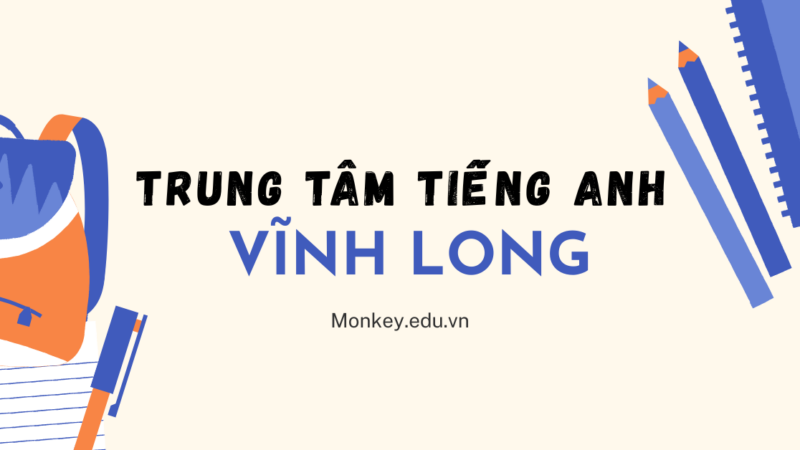

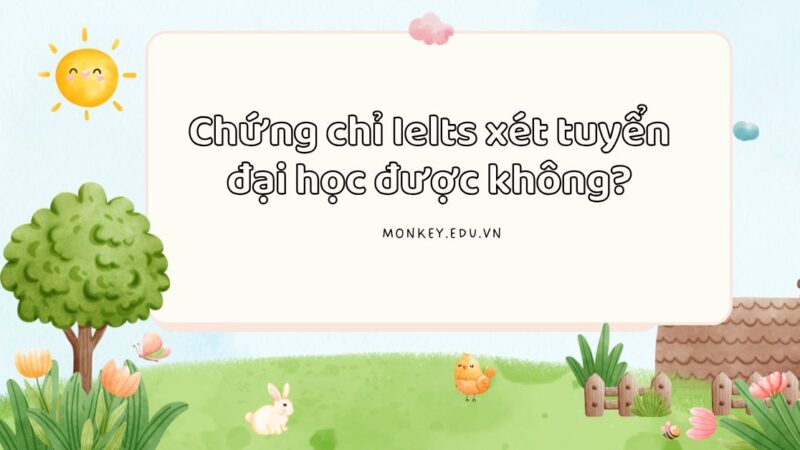
![[GIẢI ĐÁP] Chứng chỉ IELTS có được miễn thi tốt nghiệp không?](https://truongnguyentatthanh.edu.vn/wp-content/uploads/GIAI-DAP-Chung-chi-IELTS-co-duoc-mien-thi-tot-800x450.jpg)
